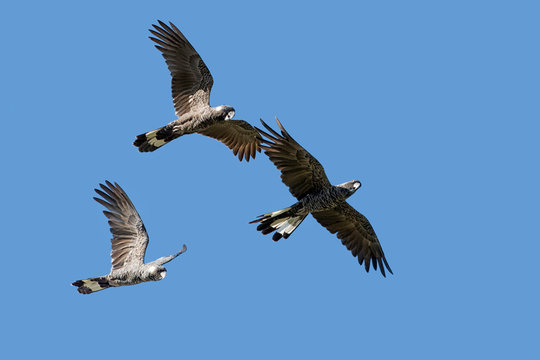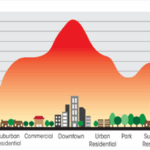Western Australia’s southwest region, extending roughly from Monkey Mia to Esperance, represents one of 36 designated global biodiversity hotspots – regions characterised by significant levels of biodiversity that face threats from urban development and human activity.
Staff and students at Curtin Perth will be familiar with the two-toned ‘squeal’ of the Carnaby’s cockatoos, which roost and forage mostly in the pine trees across campus. Curtin Perth is also a haven for the Karrak, Forest Red Tailed Black Cockatoo, with marri and banksia trees providing valuable food sources for both species.
Since 2012, Curtin has been helping to protect them from major threats, through the Black Cockatoo Action Plan. The plan’s aim is to ensure that black cockatoos can thrive on the Curtin campus site, which is part of the traditional Boorloo Noongar lands, despite the human activity at ground level.
This commitment reflects Curtin’s broader dedication to achieving a nature positive campus, where biodiversity flourishes.
Works by Curtin’s Properties team is a key part of the plan. Since 2014, the team has planted more than 13,000 marri tuart, red-flowering gum, banksia and willow myrtle trees, shrubs and tube stock to create Curtin’s Urban Forest. They’ve also revegetated the Jack Finney Lake wetlands with large tree species that offer roosting sites and food for the cockatoos, and are addressing heatwaves by installing ‘cocky troughs’ and ‘cocky water towers’ around campus to help the birds cool down.
Curtin’s Black Cockatoo Action Plan and nature positive stance support UN Sustainable Development Goal 15, Life on Land.
To learn more about the conservation of black cockatoos, listen to Curtin’s research podcast episode, The Future of Black Cockatoos, featuring Associate Professor Bill Bateman, from the School of Molecular and Life Sciences, and documentary filmmaker Jane Hammond.



